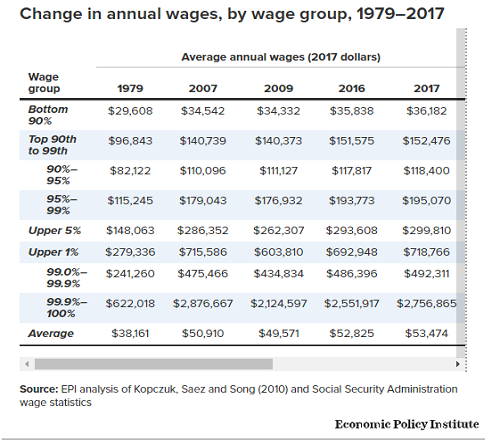- Joined
- Jun 9, 2004
- Messages
- 361
- Reaction score
- 110
This topic has come up here on this forum a lot. 70s and 80s are often referred to as the golden era of medicine. Here’s an article by CMS from the 80s that discusses the salaries at the time.
https://www.cms.gov/Research-Statis...areFinancingReview/Downloads/CMS1191016dl.pdf
Seems like salaries have increased and have kept up with inflation, if not surpassed, at least according to this article.
Here’s a Merrit Hawkins report from 2017 on current salaries, which is pretty accurate and very much in line with MGMA survey, used by most hospitals/groups.
https://www.merritthawkins.com/uplo...hysician_Incentive_Review_Merritt_Hawkins.pdf
Here’s an inflation calculator for adjusted value by BLS.
https://data.bls.gov/cgi-bin/cpicalc.pl
https://www.cms.gov/Research-Statis...areFinancingReview/Downloads/CMS1191016dl.pdf
Seems like salaries have increased and have kept up with inflation, if not surpassed, at least according to this article.
Here’s a Merrit Hawkins report from 2017 on current salaries, which is pretty accurate and very much in line with MGMA survey, used by most hospitals/groups.
https://www.merritthawkins.com/uplo...hysician_Incentive_Review_Merritt_Hawkins.pdf
Here’s an inflation calculator for adjusted value by BLS.
https://data.bls.gov/cgi-bin/cpicalc.pl
Last edited:

